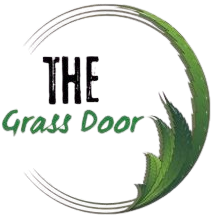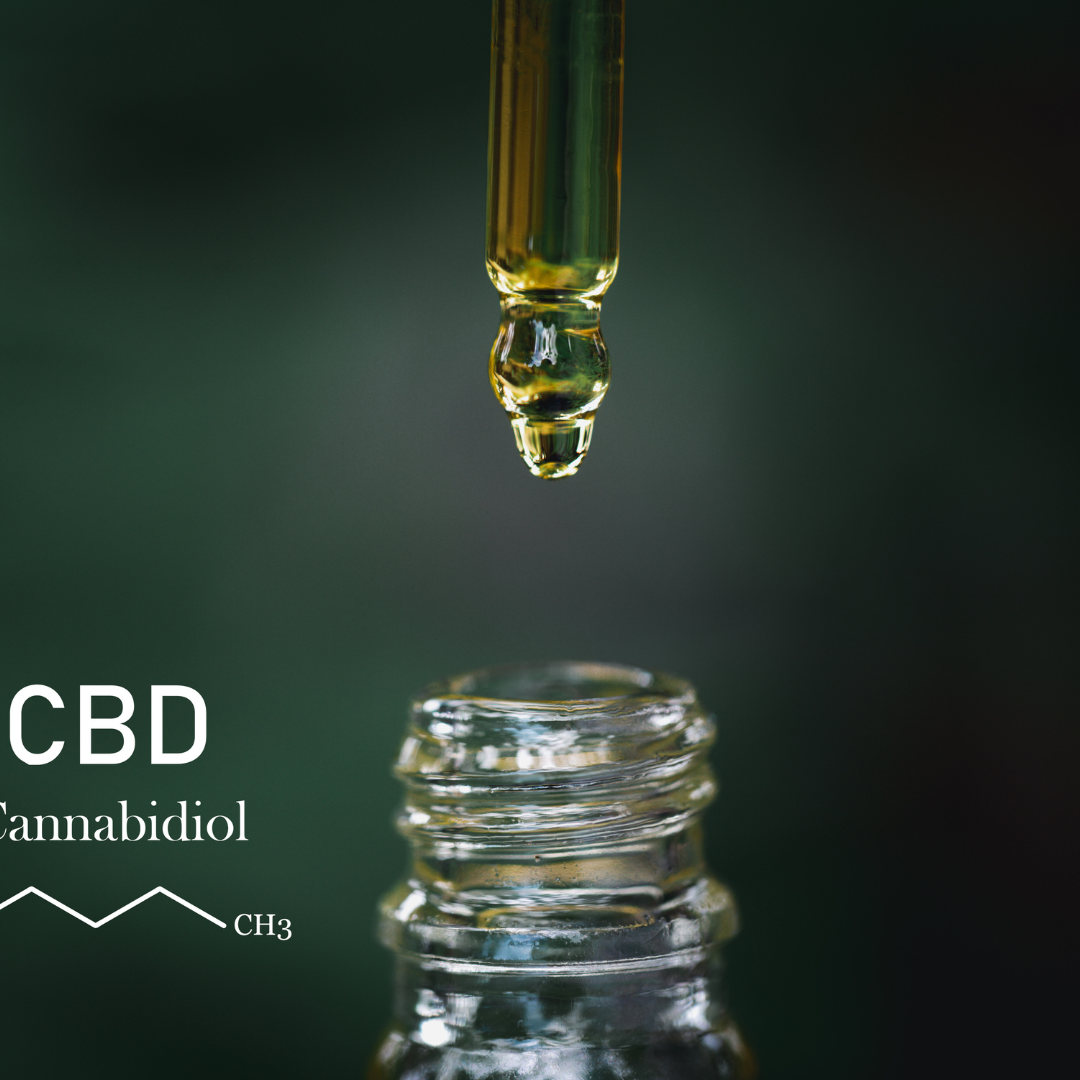CBD vs. CBG? Cannabidiol (CBD) and cannabigerol (CBG) are two different versions of cannabinoids seen in the cannabis plant. Both CBD and CBG work astonishingly in the pharmaceutical industries, providing great and promising aspects of the medical world.
CBD has shown promising results in treating nervousness, while CBG might assist individuals with numerous sclerosis. Both could assist with treating specific neurodegenerative and incendiary circumstances.
What is CBG?
Cannabigerol (CBG) is a type of cannabinoid found in cannabis plants. CBG is often alluded to as the “mother of cannabinoids,” as it is the sole precursor of all cannabinoids found in the Cannabis sativa class.
CBG is tracked down in more modest amounts than other cannabinoids in marijuana plants, for example, cannabidiol (CBD) and tetrahydrocannabinol (THC). This makes cannabis by-products obtained from cannabigerol intriguing and often expensive. However, CBG is filling in on account of the numerous potential advantages the cannabinoid offers.
CBG Concentrations in Plants
CBG is obtained from young marijuana plants, which contain higher levels of this cannabinoid than plants that are completely evolved. Both CBD and THC start as CBGA, an acidic type of CBG. To this end, more youthful weed plants contain a higher focus.
On the other hand, in completely evolved plants with high groupings of THC and CBD, you’ll track down exceptionally low convergences of CBG. In most plant strains, just 1% of CBG can be found. This happens because most of the CBG was previously changed when the plant was created.
A few types of marijuana have higher CBD content due to their hereditary and biochemical makeup.
In light of the trouble in getting CBG, pot cultivators have been exploring different avenues regarding cross-reproducing and hereditary control to help marijuana plants produce a greater amount of this cannabinoid.
How does CBG work?
CBG is handled by the body’s endocannabinoid framework, which is composed of atoms and receptors that are responsible for keeping our bodies in an ideal state, no matter what the outer climate is like.
In our bodies, CBG copies endocannabinoids, the normal mixtures our body makes. However, it doesn’t have THC’s psychotropic impacts so that it won’t give you a high. Also read if THCa gives you a high.
What is CBD?
Cannabidiol, otherwise called CBD, is a non-psychoactive substance obtained from cannabis plants. It is a particular type of tetrahydrocannabinol, or THC, the psychoactive part.
Cannabidiol was first found in the 1940s by an American natural physicist, Roger Adams. Adams segregated both cannabidiol (CBD) and cannabinol (CBN), the two distinct types of cannabinoid obtained from the hemp plant, and estimated the presence of the psychoactive compound THC (Tetrahydrocannabinol).
Notwithstanding, throughout the long term, as the universe of science has proceeded to advance and foster new hypotheses, a few investigations have been directed to demonstrate CBD and different kinds of both psychoactive and non-psychoactive substances’s productivity towards clinical issues.
CBD vs. CBG: Differences between them
CBD and CBG are both cannabinoids present in cannabis.
The principal difference between the two is that CBD is a major cannabinoid, while CBG is a minor cannabinoid. This implies that cannabis typically contains higher levels of CBD than CBG.
The two likewise act contrastingly when cooperating with cannabinoid receptors in the body.
CBD vs. CBG: Health Benefits
Both CBD and CBG offer their users a wide range of health benefits. While they provide enormous therapeutic properties, the treatment might differ in many ways.
CBG may offer potential therapeutic benefits, including:
- Increased hunger
- Antibiotic properties
- Anti-cancer properties
Below is a list of possible CBD benefits as provided to users:
- Help with discomfort
- Further developed rest
- Brought down pressure and uneasiness
- Neuroprotective properties
CBG: Cancer Repellent
A 2014 report found that involving CBG in rodents with colon disease might diminish the development of malignant growth and cancer cells. Essentially, a 2021 report viewed CBG as an expected remedial specialist for glioblastoma, which is viewed as the most aggressive cancer among primary brain tumors.
This means that with such a forceful malignant growth type, specialists have not had the option to track down a fruitful treatment for patients.
Nonetheless, this study proposes that CBG might be used to hinder glioblastoma intrusion through CBD and chemotherapy choices. CBG use in therapy additionally stretches out to use for those with stomach and bone malignant growth. Specialists found CBG might be more viable against these disease cell lines than CBGA.
CBD: A One-Stop Solution for Anxiety
With stress and tension continuously being a subject of worry for patients, the National Institute of Mental Health (NIMH) better enlightens this battle. They estimate that 19.1% of adults in the U.S. have encountered an anxiety disorder.
Thanks to a 2015 exploration study, CBD has been displayed as a likely treatment for uneasiness-related messes. Pre-clinical proof emphatically upholds CBD as a treatment for summed-up nervousness, jumble, post-horrible pressure problems, alarm confusion, and others.
A later 2020 review assessed CBD’s consequences for adults in New Zealand. Specialists found that members who got CBD treatment for uneasiness or wretchedness revealed upgrades in their capacity to carry out day-to-day roles and a decrease in torment and nervousness/gloom side effects.








One thought on “CBD vs. CBG: Discover Its Astonishing Therapeutic Abilities”